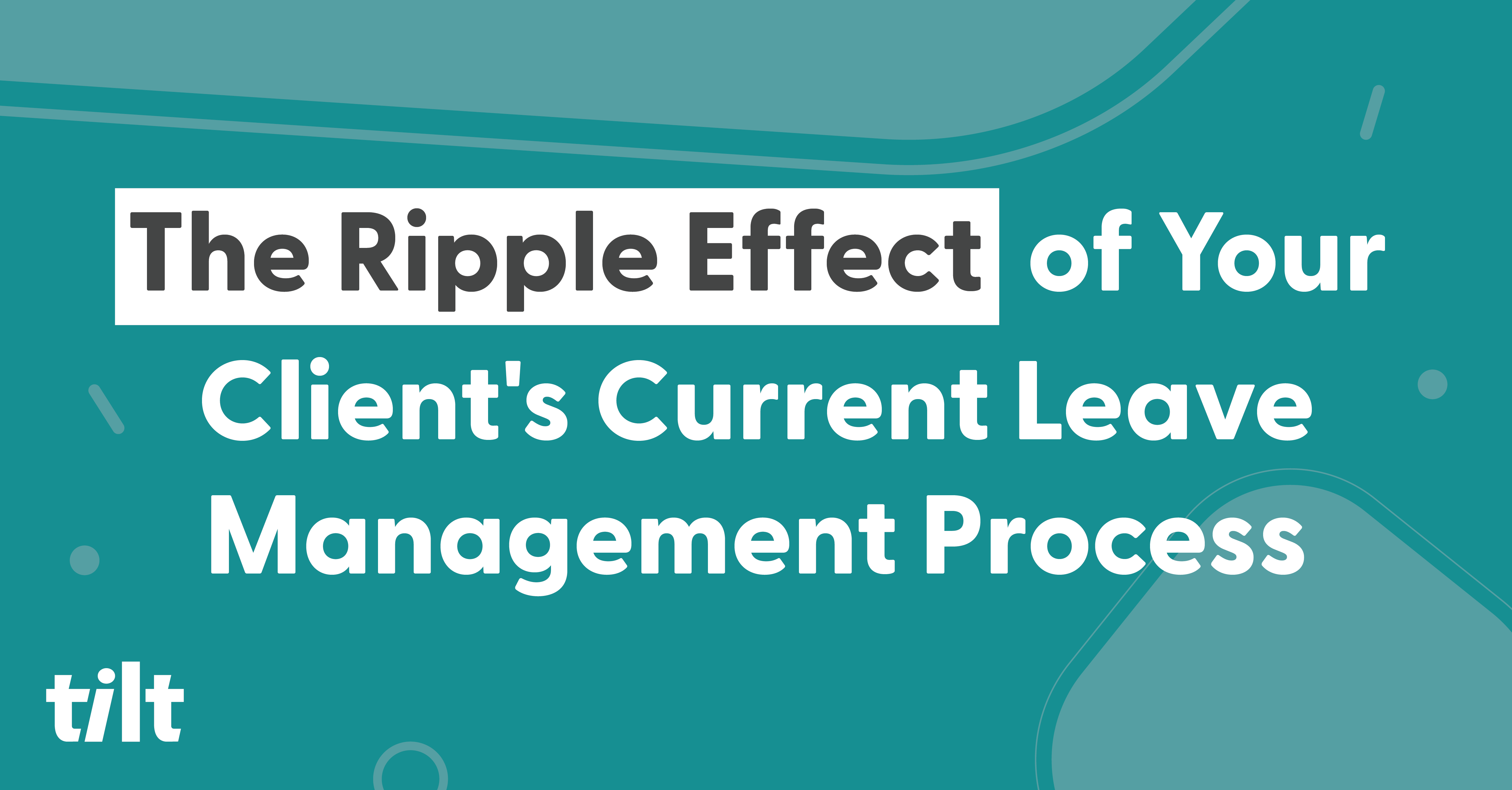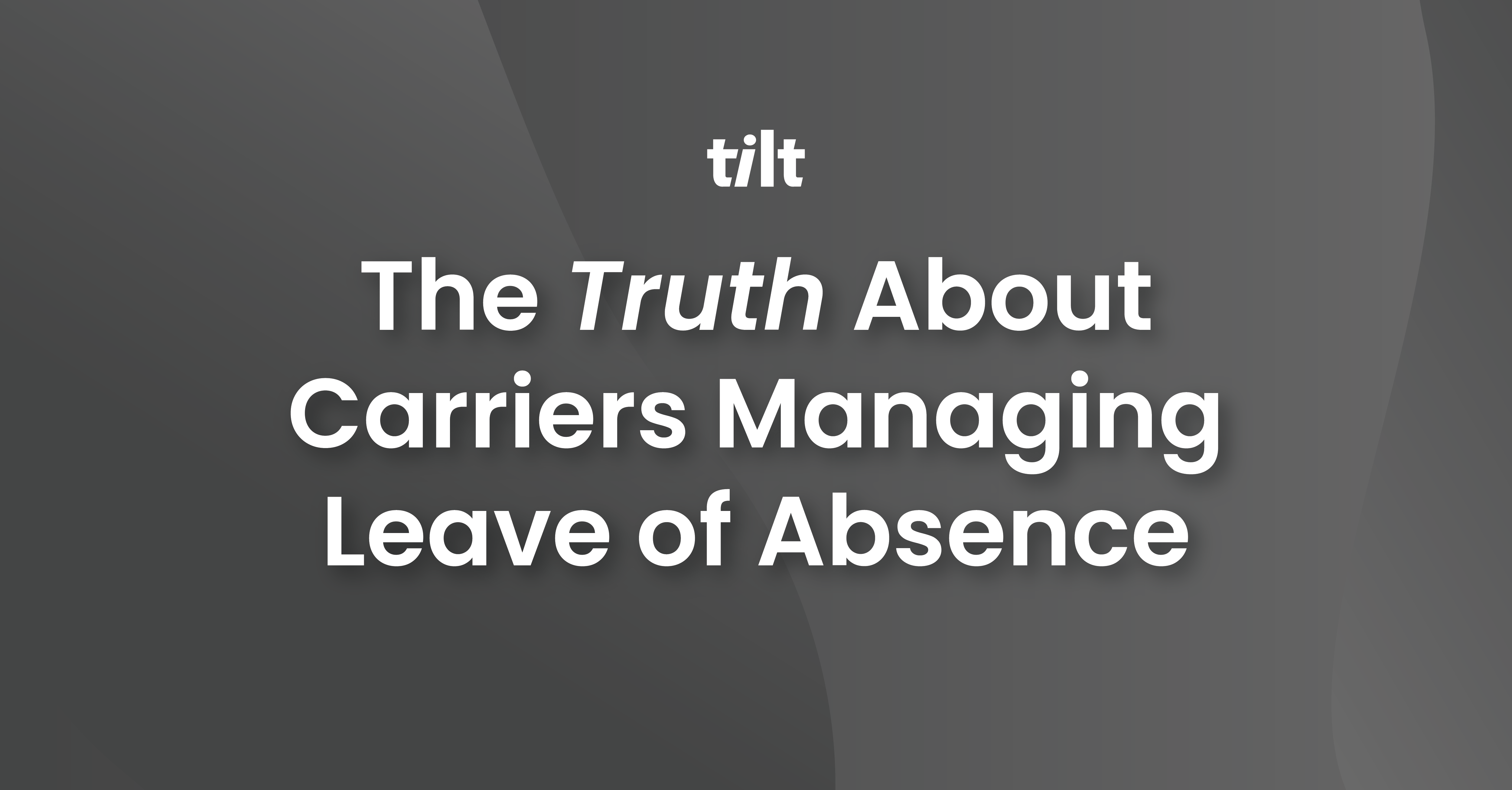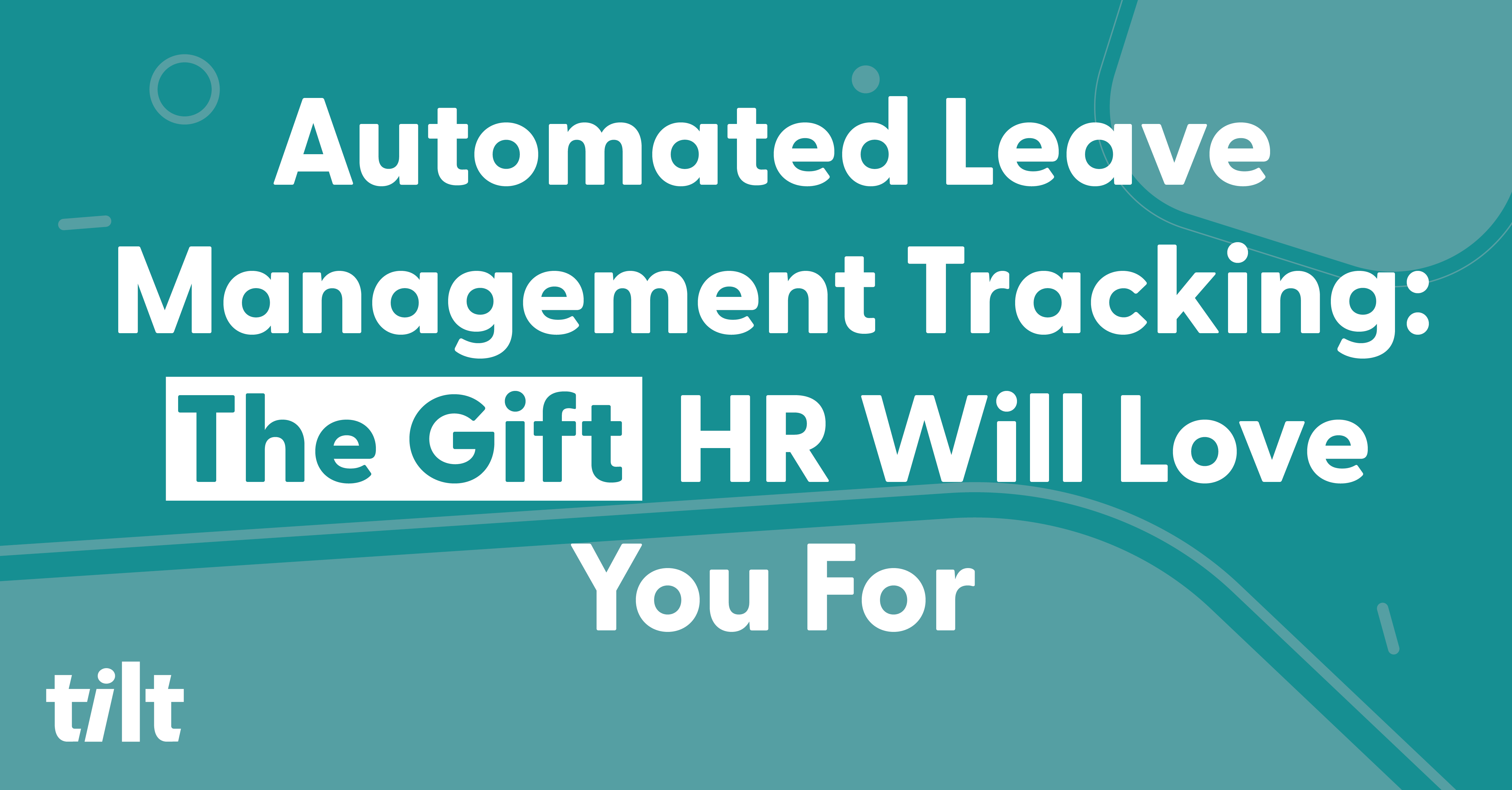For those of you fortunate enough to have a childhood where swimming pools were a summertime staple, you might remember there was always that one kid who absolutely crushed at cannonballs (jackknife fam, we see you). Perhaps that kid was you, or perhaps you were one of the ones at the mercy of chlorinated tidal waves that had you gasping for air.
A single leave of absence is like the mother of all cannonballs to an HR team’s workflow, with ripples and waves extending far beyond the administrative tracking and coordination that’s required for each one.
What Your Client’s Leave Management Process Looks Like Today
Imagine for a moment, if you will, one of those dumpsters behind a 7-11 filled to the brim, soaked in gas, and ceremoniously lit on fire. That’s roughly what most HR and People Ops pros are dealing with when trying to effectively manage a single leave of absence (and a large reason why the ripple effects can be massive.)
More specifically, when an employee requests a leave of absence odds are that they’re responding to an email in an already cluttered inbox, then digging through their HRIS to verify FMLA and company-specific benefit eligibility, then figuring out exactly what’s needed to help support that employee and their specific leave journey.
On top of that, they need to start documenting the processes and tracking all elements of the leave, including timely facilitation of the completion and secure storage of any important paperwork that the employee might have to fill out.
This of course gets complicated when employees are spread across the country, living in states with unique leave laws and requirements that your clients need to familiarize themselves with. Your clients are being relied upon to answer questions should they arise, figure out complicated pay calculations to ensure their people are being paid, and help provide a smooth transition for their return.
Manually managing a single leave of absence is a lot. Managing multiple? It can feel like an administrative barrage.
How Suboptimal Leave Management Impacts the Business
Now that you know “how” they’re currently managing leave, let’s chat about the ripple effects of doing it this way beyond the direct drain on HR resources and efficiencies. Keep in mind that your clients would rather not manage leaves this way, but most don’t have a choice as it’s the way it’s always been done (more on the better way to manage leaves in the next section) at their organization.
Workforce Planning: Suboptimal leave management processes significantly hamper effective workforce planning within a business. When employees take unplanned or extended leaves without proper documentation and transparency, it becomes challenging for organizations to anticipate and address staffing needs.
This can lead to shortages in critical roles, disrupting project timelines, and impacting overall productivity. Strategic planning relies on a stable and well-documented workforce, and the manual method of leave management undermines your client’s ability to forecast and allocate resources efficiently.
Customer Satisfaction: It might not seem intuitive, but leave mismanagement has a direct influence on customer satisfaction levels. Without clear and consistent coordination between HR, the employee, and the manager, customer service quality often suffers. Long wait times, delayed responses, and a lack of continuity in service can lead to dissatisfied customers.
Being able to consistently deliver to customers even when a key member of the team goes away on leave is crucial for maintaining positive customer relationships, and when leave management processes are clunky, cloudy, and confusing, businesses risk eroding trust and loyalty among their customer base.
In the same vein, employees who are left behind to fill the gaps can experience burnout if workloads are not managed properly, leading to employee turnover and further risk of prolonged customer dissatisfaction.
Employee Engagement: Piggy-backing off of that last point, effective leave management is integral to maintaining high levels of employee engagement. When employees feel their time away from work is not managed appropriately or fairly, it can lead to frustration and discontent (and potential legal action…)
A lack of clear leave policies and inconsistent administration can breed a sense of inequity among the workforce, negatively impacting morale and overall engagement. A disengaged workforce is less productive, less innovative, and more likely to seek alternative employment opportunities.
Payroll Discrepancies: Suboptimal leave management also increases the risk of payroll discrepancies, as accurate tracking of employees’ time away from work is crucial for payroll processing. Failure to properly document leaves can lead to errors in salary calculations, overpayment, or underpayment.
This not only affects individual employees but also creates additional administrative burdens for payroll and HR teams. These discrepancies can result in legal issues and damage the organization’s reputation as an employer of choice.
Inconsistencies in the Process: Inefficient leave management introduces inconsistencies in your client’s process, making it difficult to enforce policies uniformly across the organization. Variances in how different managers handle leave requests can create a perception of bias and unfair treatment (translation: lawsuit risk…sort of a theme here).
Automating the process and enforcing leave policies consistently is essential for fostering a transparent and equitable work environment. The opposite can lead to confusion among employees, erode trust in management, and disrupt the overall harmony of the workplace.
Data Uncertainty: Data isn’t always the most exciting thing to talk about, but data uncertainty can significantly hinder your client’s organization’s ability to make informed decisions and adhere to labor regulations.
The manual tracking and documentation of leave data can lead to incomplete, inaccurate or inconsistently maintained records, which introduces a level of uncertainty that can lead to compliance risk exposure and a poor employee experience. No employee wants to feel like their data isn’t being handled consistently, accurately, and securely.
If there is ever a leave dispute or heaven forbid an audit, the manual tracking of leave data is something that will keep your clients (and their legal and compliance team) up at night.
Why Your Clients Should Lean Into Leave Automation
The biggest splash in HR technology solutions is automated leave management software. Leaning on modern leave-of-absence management technology turns those turbulent waters into calm seas for your clients by automating manual processes and tracking, documenting and storing leave data in one place.
Software that automates leave allows HR and People Ops team to provide a consistent and transparent experience to their employee population no matter the leave type and no matter what state they live in.
A holistic and automated approach to leave of absence management means that workforce planning becomes a breeze, customer satisfaction remains unimpacted, employee engagement soars, payroll discrepancies disappear, and data is both accurate and stored securely.
If your clients are sick of drowning in the splash zone every time a leave request comes in, it might be time to look into a modern solution that automates the process.
About Tilt
Tilt is leading the charge in all things leave of absence management through easy-to-use tech and human touch. Since 2017, our proprietary platform and Empathy Warriors have been helping customers make leave not suck by eliminating administrative burdens, keeping companies compliant, and providing a truly positive and supportive leave of absence experience for their people.







